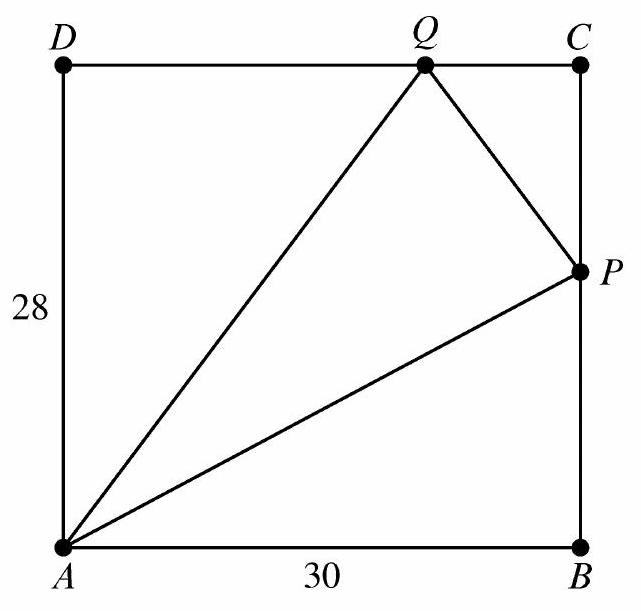¶ 2023 AMC 10A Problem 17
Problem:
Let be a rectangle with and . Points and lie on and , respectively, so that all sides of , and have integer lengths. What is the perimeter of ?
Answer Choices:
A.
B.
C.
D.
E.
Solution:
The figure below shows the given information.

The Pythagorean triples with smallest total lengths are , and multiples thereof. Note that . Then triangle must be a multiple of (with multiplier 7) or a multiple of (with multiplier 4). But the latter option implies , so the first option is correct. This gives .\
Because , it follows that . Thus triangle is also a multiple of (with multiplier 3). This gives and .\
Finally, because , it follows that . Then triangle must be a multiple of (with multiplier 2), so . The perimeter of is .
The problems on this page are the property of the MAA's American Mathematics Competitions